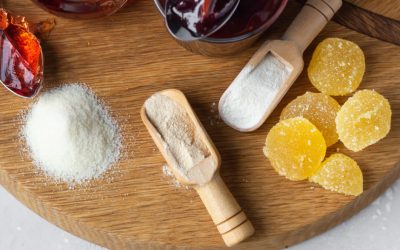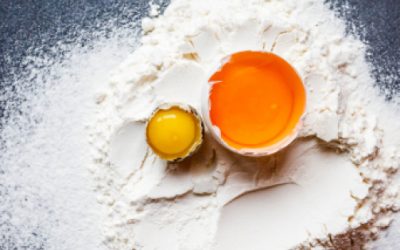Knowledge Base
Tonka Beans
What are they?
The tonka bean’s scientific name is dipteryx odorata. It originated from the flowering tree in the pea family, Fabaceae, in Central and northern America. The bean grows in a shell and once extracted from there is brown and wrinkly with a smooth brown interior and the shape and size to a large almond. The bean contains the chemical coumarin which in large doses can cause paralysis of the heart, because of this it is illegal in the United States. Its flavour is slightly nutty and one shaving of a bean can flavour up to 50 portions.
Best flavour pairings:
Chocolate
Strawberries
Apricots
Alcohols (whiskey and cognac)
Cream and custards
How to use it?
Tonka beans are treated as a dry spice and as long as they’re kept in a dry airtight container, they’ll keep for up to a year. The tonka bean can be grated into desserts or infused into cream to create the aroma and taste of a mix between almond and vanilla. There are a lot of other uses for the bean other than food even in the likes of tobacco, beverages, soap and cosmetics.
Coumarin
Coumarin is a chemical found in the tonka bean. It can be seen as the white veins on the inside of the bean. The toxin can be extracted from the bean organically or created synthetically. However, both can cause health problems such as nausea, vomiting, liver damage and in extreme cases also death. In sheep 5g of coumarin can kill. Because of this, tonka beans are illegal in the US. However, this is being campaigned against as it is only harmful in large doses, more than we would realistically consume.
Learn more with our extensive knowledge base
Brush up your knowledge on allergens, kosher food and even UK food Laws with our knowledge base
Gelatine Knowledge
Dairy Knowledge
Knowledge – Eggs
KNOWLEDGE - EggsEggs are laid by female animals of many different species. Bird and reptile eggs consist of an eggshell, (egg white), (egg yolk), contained within various membranes. Chickens and other egg-laying creatures are kept widely throughout the world and mass...



